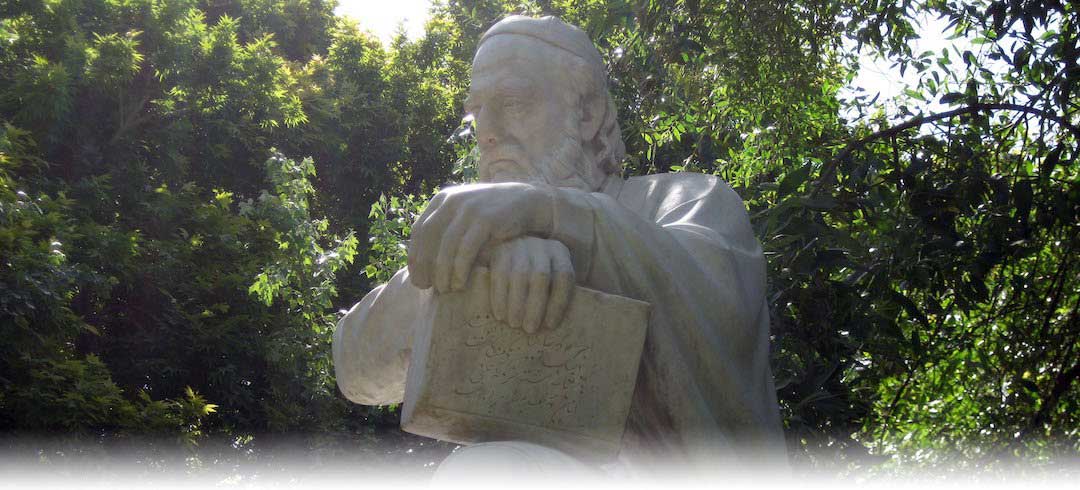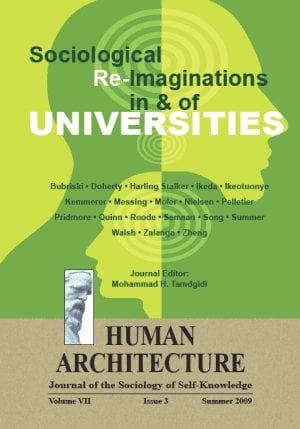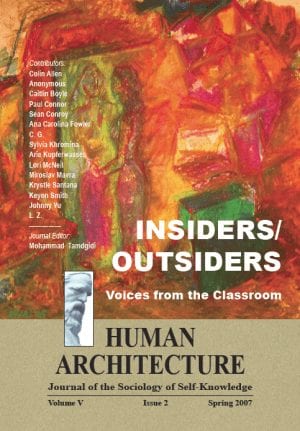Journal Article — “Nobody’s Mother and Nobody’s Wife”: Reconstructing Archetypes and Sexuality in Sandra Cisneros’ “Never Marry a Mexican” — by Laura Paz
$15.00
Female archetypes of both mythical and historical figures are central to Mexican culture in that they not only reflect this society’s ideals and history, but also serve to classify and socialize women. Traditional Mexican society is characterized by rigid gender roles in which women are expected to be faithful wives who are subservient to their husbands, as well as take care of the children and home. Men, on the other hand, can be promiscuous and enjoy sexual relations outside the marriage.
Description
Abstract
Female archetypes of both mythical and historical figures are central to Mexican culture in that they not only reflect this society’s ideals and history, but also serve to classify and socialize women. Traditional Mexican society is characterized by rigid gender roles in which women are expected to be faithful wives who are subservient to their husbands, as well as take care of the children and home. Men, on the other hand, can be promiscuous and enjoy sexual relations outside the marriage. For this reason, archetypes exist that function to categorize women as either the “good mother” represented by La Virgen de Guadalupe, the “bad mother” represented by La Llorona, or the “traitoress woman” represented by La Malinche, among others. Mexican authors continue to incorporate these figures in their work, which is why it is essential for readers–particularly non-Mexicanas–to research the social, cultural, and historical implications of such archetypes. Such an investigation was the objective upon analyzing Sandra Cisneros’ “Never Marry a Mexican,” so as to bridge the cultural gap between the reader and the text. Much of this particular story involves the historical figure of La Malinche but also references La Llorona as well as Santa Lucia, the patron saint for the blind. For this reason, a great deal of focus will be placed on the former. Thus, the journey to understanding this unique and dynamic story will proceed as follows: (1) a discussion of gender roles in traditional Mexican society, (2) a presentation of female archetypes that have served to socialize Mexicanas, (3) a brief in the history of La Malinche, (4) a glimpse into the transformation of La Malinche through literature over the centuries, (5) and finally, a look at archetypes and sexuality in “Never Marry a Mexican.” Ultimately, an understanding of the historical and societal connotations of the archetypes will provide a clearer lens with which to look at Cisneros’ story, and thus, the reader will be able to see how she presents a struggle that at once questions, alters, and submits to the greater purpose of these prototypes: to define the Mexicana and her sexuality.
Recommended Citation
Winston. 2008. ““Nobody’s Mother and Nobody’s Wife”: Reconstructing Archetypes and Sexuality in Sandra Cisneros’ “Never Marry a Mexican”.” Pp. 11-28 in Microcosms of Hope: Celebrating Student Scholars (Human Architecture: Journal of the Sociology of Self-Knowledge: Volume VI, Issue 4, 2008.) Belmont, MA: Okcir Press (an imprint of Ahead Publishing House).
The various editions of Microcosms of Hope: Celebrating Student Scholars can be ordered from the Okcir Store and are also available for ordering from all major online bookstores worldwide (such as Amazon, Barnes&Noble, and others).
Read the Above Publication Online
To read the above publication online, you need to be logged in as an OKCIR Library member with a valid access. In that case just click on the large PDF icon below to access the publication. Make sure you refresh your browser page after logging in.








